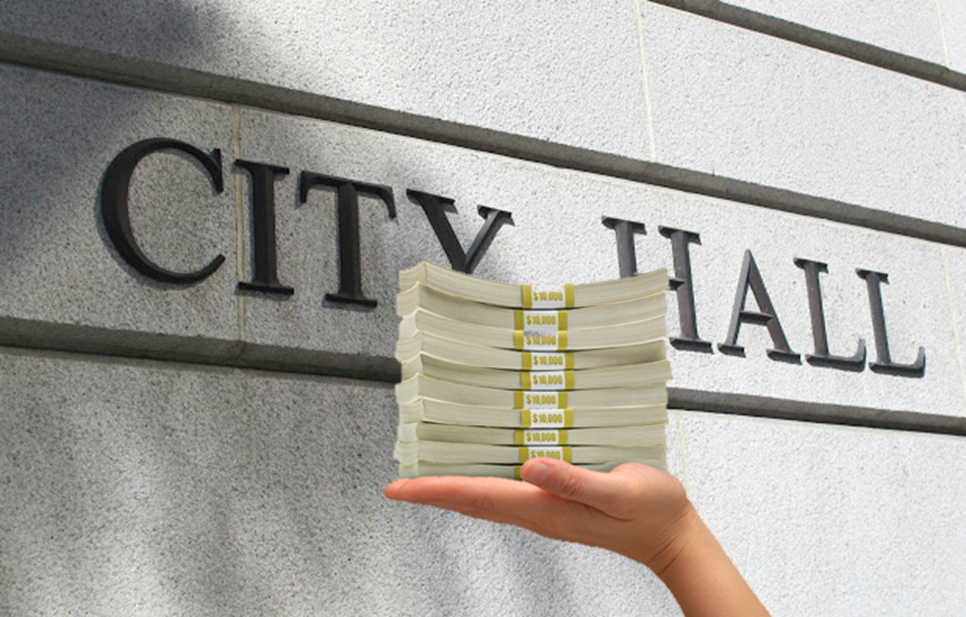By Joel Fox.
Taxpayers beware: A tax tsunami is headed your way. According to a report compiled by the California Taxpayers Association, a record number 421 local taxes and bonds (paid by increased property taxes) will hit the state’s many local jurisdictions in November. In addition to the up to $10-plus billion a year in taxes on the state ballot, 228 local taxes could add $3 billion a year in taxes and 193 bonds an additional nearly $32 billion.
The timing of the tax explosion has to do with politics. Conventional wisdom is that voter turnout this presidential election will see more likely supporters of tax increases come out to vote. Democratic voters and younger voters, who often vote in smaller percentages, are expected to cast ballots in greater numbers during this presidential election.
This same thinking drove the inclusion of what became Proposition 55 on November’s ballot. Although the income tax increase that Prop 55 wants to extend won’t expire for a couple of years, proponents of more taxes thought they would have a better chance of getting the larger number of voters to acquiesce to the income tax extension during this election.
A major reason for so many tax increases may not be so obvious. While many local taxes are earmarked for services that voters approve, such as police services, in the world of government accounting, more money available to cover specific services frees up revenue in the local government treasuries to meet growing pension obligations. There are also more than a hundred general purpose taxes on the ballot in which revenue can be used for any purpose–including those pension obligations.
CalTax identified 86 sales tax measures, 61 parcel taxes (a form of property tax), 9 utility taxes, 21 hotel taxes, 14 business taxes, 37 marijuana taxes (a new category hoping to piggyback on the state marijuana legalization initiative), 180 school bonds and 13 construction bonds, all the local bonds paid off with property tax increases.
Will the voters agree to all the additional taxes? Traditionally, local tax ballot measures are fairly successful at the polls. Just this past June in the Primary Election, 81% of the 89 local revenue measures passed, according to data at the California City Finance site. One major reason is that the tax proponents who want more tax revenue usually have the bigger megaphone to make their case and the resources to do so.
Government agencies, offering so-called information campaigns, tell voters how the taxes will be spent, buffing up the positives as if bringing a pot to a bright shine. As long as the agencies don’t ask for a yes or no vote they usually have leeway to make their case.
In the meantime, those who will see some of the new tax dollars come their way will help finance campaigns. Think construction companies in the case of bonds. Opposition campaigns against these taxes rarely amount to no more than a statement in the official voter guide. At least, as CalTax president Teresa Casazza notes, “Thanks to California’s constitutional protections for taxpayers, voters have the final say on these tax hikes.”
Tax increase measures have to leap a higher hurdle if the tax is dedicated for a specific purpose or for the property tax supported general obligations bonds—in both instances a two-thirds vote margin is needed for victory.
The supermajority vote requirement and the large number of taxes facing voters may stand as a seawall against the tax tsunami when voters go to the polls. But recent history and expected voter turnout is on the side of the tax raisers.
The CalTax report lists all 421 local tax measures, a yeoman’s effort to put the data together. You can find the report here.
[divider] [/divider]





